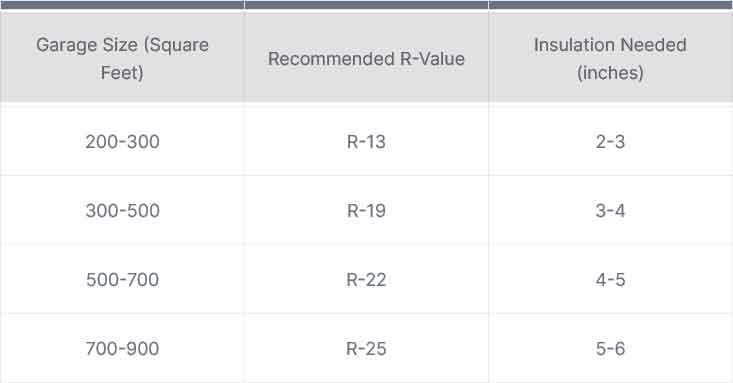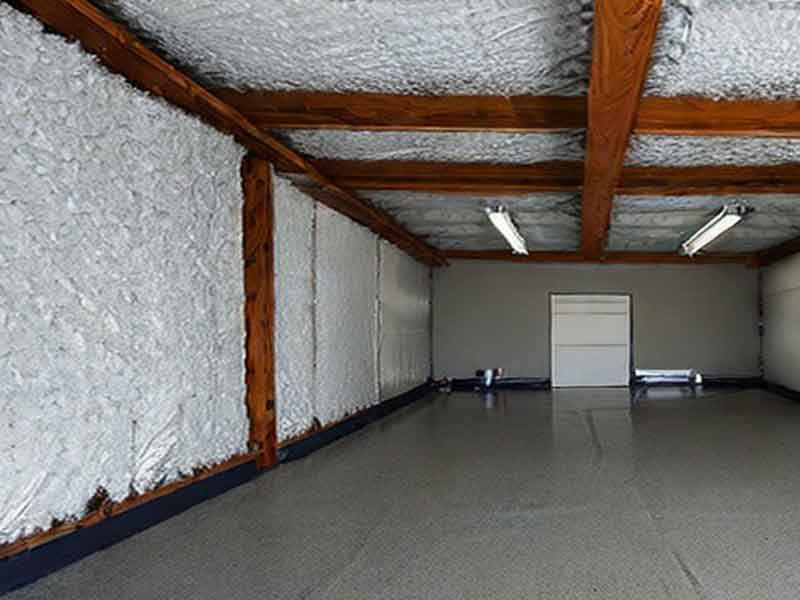Mesa Insulation Pros knows insulating your garage isn’t just about keeping your car cozy; it’s about optimizing energy efficiency and safeguarding items stored there.
Figuring out how much insulation you need for your garage involves simple calculations and understanding the essentials. Thankfully, if you have a 24×24 Garage we have already helped calculate this for you.
Insulating Your Garage Effectively
Garages are multifunctional spaces, serving as workshops, storage areas, or gyms. Insulating this space can help maintain a consistent temperature, prevent drafts, and protect stored items. Determining the amount of insulation required depends on a few key factors:
Garage Size and Purpose
The size of your garage directly influences the amount of insulation needed. A larger space requires more insulation to cover its walls, ceiling, and possibly the garage door. Consider the garage’s purpose, too; additional insulation might be necessary for optimal comfort if it’s a workspace.
Understanding R-Values
R-values are indicators of insulation’s thermal resistance. The higher the R-value, the better the insulation’s effectiveness. Depending on your location and climate, you might need varying R-values. Warmer climates might suffice with lower R-values, while colder regions require higher ones to combat temperature fluctuations.

Calculating Insulation Needs for Garage Spaces
Determining the insulation required for your garage involves some basic math based on the garage’s dimensions and desired R-value.
Calculating the Insulation
Insulation is typically measured in square feet. Different types of insulation come in various coverage sizes. Calculate how much insulation material is needed by considering the area to cover and the product’s coverage area per unit.
Measuring Garage Space
Begin by measuring the garage’s length, width, and height. Multiply these values to get the total square footage to be insulated. Remember to account for the garage door’s surface area if insulating it.

